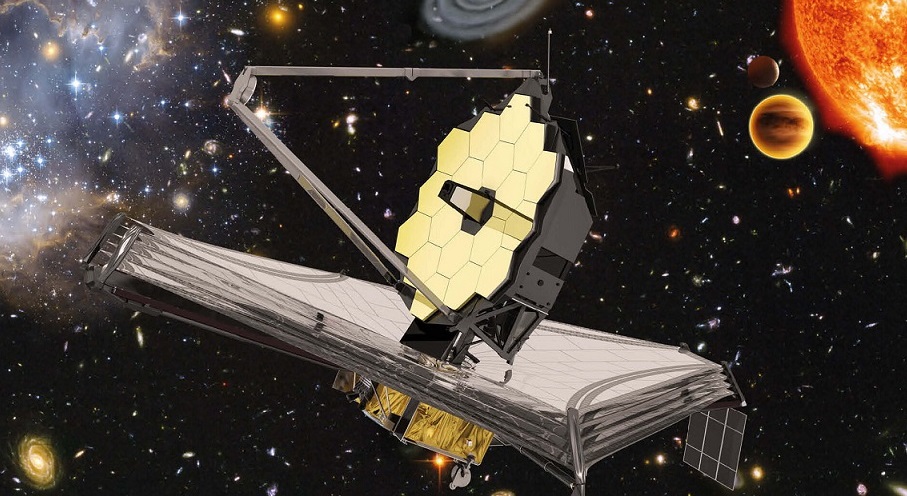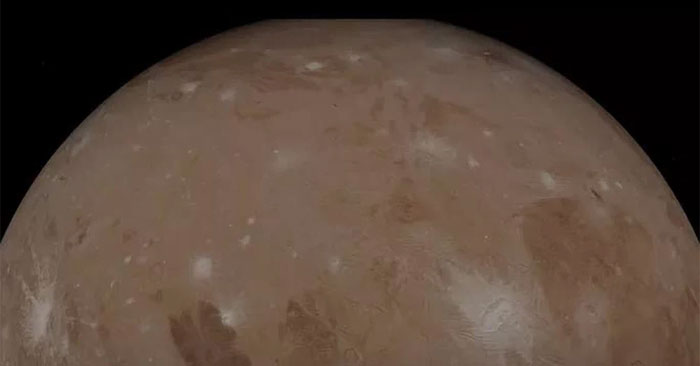The Hubble Space Telescope: A Retrospective With Dr. Steven Hawley
Launched 31 years ago, the legendary telescope is set to be replaced by the Webb space telescope. It is a momentous occasion, a rare sight of a torch being passed in space. As the whole world awaits the exchange, Betway sat down with Dr. Steven Hawley to talk about his many experiences in space.

The Doctor's Legacy
Dr. Steven Hawley has logged a total of 770 hours in space across five separate space shuttle missions, two of them related to the Hubble telescope. Once in 1990 for launching it into orbit and then again in 1997 for maintenance on the telescope. This equals about 32 days in total.
As a part of the Discovery 31 and Discovery 82 missions, Dr. Hawley worked as a flight engineer and operated the robotic arm to position and launch the telescope. He had to pick up the telescope from the payload dock and launch it into orbit. All of this was done without the safety net of collision avoidance software - he was the collision avoidance person. And in space, with all the ridiculous distractions at play, that was no mean feat.
Zero Gravity: Not A Friendly Environment
In space, nobody can tell whether they're upside-down. There is a constant need to make sure you're anchored, find which way your feet are, and hope your pencil doesn't decide to call it a day and float away from you. Dr. Hawley had to deal with everything, and he was not a fan. This is because he had a lot to do - like launching an expensive space telescope.
The pressure was high. One small miscalculation on his part and the mission would have failed horribly. Keeping one's head and staying focused on the task at hand takes a lot of determination in the face of such distraction, and he performed admirably.
The Legacy of the Launch
Thanks to the efforts of Dr. Hawley and the entire crew, we can enjoy the images of space that we have. The Hubble Space Telescope pushed the boundaries of known science. It also brought in a lot of previously unknown information and helped human beings understand their environment a little better.
Of course, nobody can get an actual inkling of how large space actually is. Even the Hubble telescope couldn't do it, though it set a limit on the observable limits of space. If you are curious, this is 94 billion light-years. Considering that a single light-year is 5.8 trillion miles, we leave it up to you to do the math.
What's more, that's just a fraction of the size of the universe. It's so vast that a ray of light from one end of the universe will not be able to reach the other end before the universe itself collapses. And the universe is still expanding. If light, which travels at the rate of 186,000 miles a second, has no hope to catch up to the ends of the universe, then no human does. We would know none of this had it not been for Dr. Hawley and his crew.
Lasting Impressions
Dr. Steven Hawley is now 69 years old. He is a professor of physics and astronomy and the director of the engineering physics department at the University of Kansas. He is a well-respected scholar, but he forever maintains that the Hubble missions were his most important contribution to the world and science. It is a notion few of us disagree with, and we thank him heartily for everything he has done.
You should read it
- The day you were born, is there anything special about space? NASA will help you observe with Hubble
- Lonely star glitters in the background of an amorphous galaxy in the eyes of the Hubble telescope
- Admire the latest Hubble masterpiece
- Admire the special image of galaxy NGC 3175 taken with the Hubble space telescope
- The 7 largest objects people ever launched into space
- Hubble Telescope extremely rare photo of the moment of the Supernova explosion
- The strange object is both a double asteroid and a comet in the Solar System that confuses astronomers
- Admire the giant stars forming in the corner of the Tarantula Nebula
- Detecting UGC 2885, a giant spiral galaxy, 2.5 times larger than the Milky Way galaxy
- Admire the 'very different' image of Saturn under the eyes of the Hubble telescope
- The star is 25 times larger than the Sun, suddenly disappearing, causing astronomers to be confused
- Admire the image of the strange jellyfish galaxy through the eyes of the Hubble telescope
May be interested

The Most Powerful Space Telescope Ever Built Will Look Back In Time To The Dark Ages Of The Universe

Solar Storm is making landfall on Earth

A meteor with a speed of 32,000 km / h is approaching Earth's orbit

The most beautiful meteor shower of the year and amazing astronomical phenomena in August

Stunning photos of the largest moon in the Solar System

Unusually large amount of methane detected on Saturn's moon: Is it alien life?






 Hubble telescope discovers more than 1,000 new asteroids
Hubble telescope discovers more than 1,000 new asteroids The Hubble Telescope sent back to Earth its first photo after changing its operating method
The Hubble Telescope sent back to Earth its first photo after changing its operating method The Hubble Telescope discovered a pair of small dwarf galaxies containing many interesting features
The Hubble Telescope discovered a pair of small dwarf galaxies containing many interesting features The day you were born, is there anything special about space? NASA will help you observe with Hubble
The day you were born, is there anything special about space? NASA will help you observe with Hubble The Tarantula Nebula appears beautifully through the eyes of the Hubble telescope
The Tarantula Nebula appears beautifully through the eyes of the Hubble telescope The 7 largest objects people ever launched into space
The 7 largest objects people ever launched into space